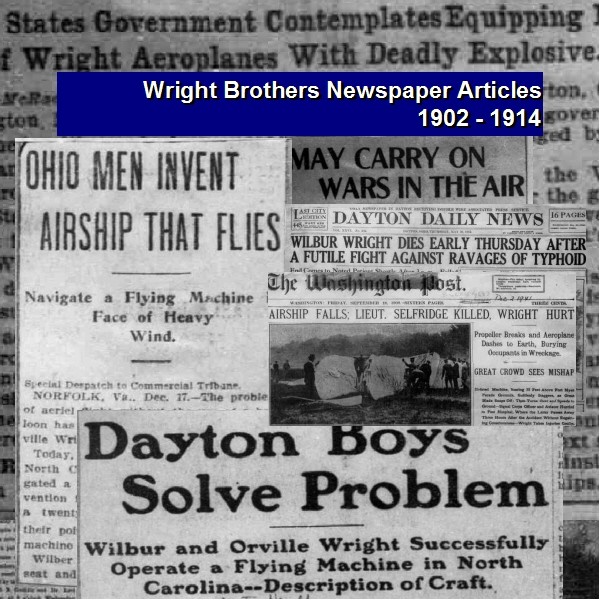
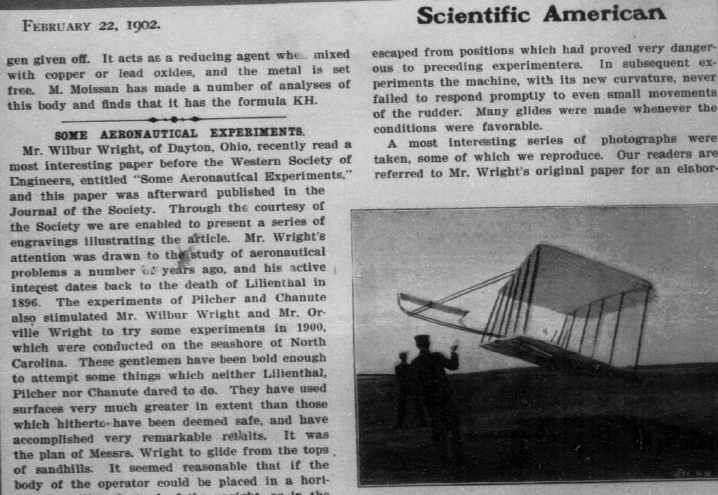

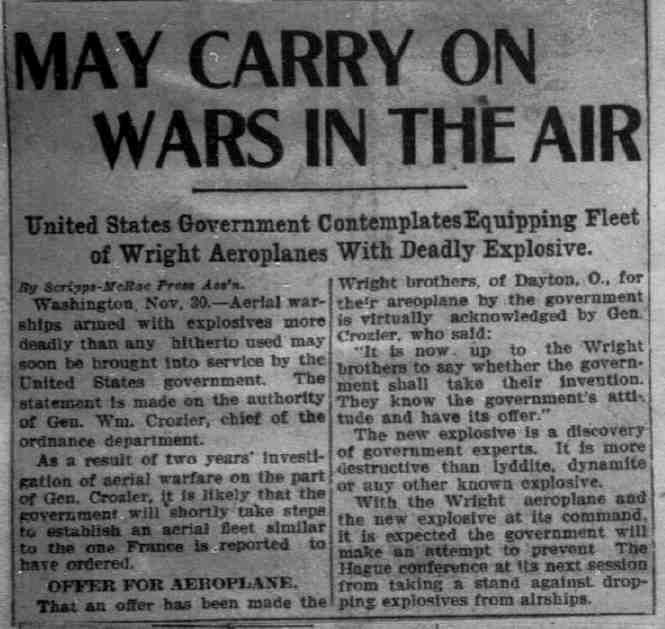

Description
Wright Brothers’ Aviation Timeline and Key Figures
Timeline of Main Events (1902 – 1914)
- [Date not specified, likely 1903 or earlier]: Wilbur and Orville Wright achieve their first free, controlled, and sustained flights in a power-driven, heavier-than-air machine.
- [Date not specified, likely 1904]: The Wright Brothers build a new, heavier, and stronger machine with a more powerful motor at Huffman Prairie near Dayton.
- September 15, 1904: Wilbur Wright makes the first turn in the air at Huffman Prairie.
- September 20, 1904: Wilbur Wright makes the first complete circle in the air at Huffman Prairie.
- [Date not specified, prior to 1906]: The U.S. Board of Ordnance and Fortification rejects the Wright Brothers’ offer to sell their airplane.
- 1906: The U.S. Patent Office grants the Wright Brothers patent No. 821,393 for a flying machine.
- [Date not specified, likely 1907-1908]: The Wright Brothers travel to Europe to negotiate the sale of their airplane abroad.
- [Date not specified, likely 1908]: The Wright Brothers carry a passenger on a flight for the first time when Charles Furnas flies with Wilbur.
- August 8, 1908: Wilbur Wright makes his first flight at Le Mans, marking the Wrights’ first flight in Europe.
- September 17, 1908: Orville Wright is seriously injured, and his passenger, Lieutenant Thomas Selfridge, is killed in an airplane crash at Fort Meyer, Virginia, becoming the first airplane fatality.
- [Date not specified, late 1908]: Wilbur Wright wins the 1908 Michelin Cup and a prize of twenty thousand francs with a flight of 123 kilometers, 200 meters in two hours, 18 minutes, 33 3/5 seconds.
- [Date not specified, late 1908]: Wilbur Wright extends his Michelin Cup-winning flight, setting a new world record with a time of two hours, 20 minutes, 23 1/5 seconds over 124 kilometers, 700 meters.
- [Date not specified, likely late 1908 or early 1909]: The city of Dayton holds a celebration honoring the Wright Brothers.
- [Date not specified, likely early to mid 1909]: Glenn H. Curtiss sells his Curtiss airplane to the Aeronautic Society of New York for $7,500, marking the first commercial sale of an airplane in the United States and setting the stage for the Wrights’ patent suit against Curtiss.
- July 29, 1909: With Lieutenant Frank Lahm as his passenger, Orville Wright flies for one hour, 12 minutes, 37 4/5 seconds at Fort Meyer. This flight fulfills the Army’s requirements and is witnessed by President Taft, his cabinet, and an estimated crowd of ten thousand spectators.
- [Date not specified, likely late 1909]: The Wright Brothers begin a patent suit against Herring-Curtiss Company and Glenn H. Curtiss by filing a bill of complaint to prevent them from manufacturing, selling, or using the Curtiss airplane.
- October 4, 1909: As part of the Hudson-Fulton Celebration, Wilbur Wright flies round-trip demonstration flights from Governors Island to the Statue of Liberty and Grant’s Tomb in New York City, witnessed by more than one million spectators.
- [Date not specified, late 1909]: The Wright Company is incorporated to manufacture their airplanes, with Wilbur Wright as president and Orville Wright as vice president.
- [Date not specified, late 1909]: The Wright Brothers sell their American patent rights to the Wright Company for $100,000, 40 percent of the company stock, and a 10 percent royalty for every airplane built.
- May 30, 1912: Wilbur Wright dies of typhoid fever in Dayton, Ohio.
- [Date not specified, after May 30, 1912]: The U.S. Circuit Court of Appeals of New York rules in favor of the Wright Company in its patent suit against Herring-Curtiss Company and Glenn H. Curtiss.
Cast of Characters and Brief Bios:
- Wilbur Wright (1867-1912): One of the Wright brothers, pioneers of aviation. He was instrumental in the design, construction, and flight of the first successful heavier-than-air powered aircraft. He made the first turn and first complete circle in flight and achieved significant milestones in Europe, including winning the Michelin Cup and setting world endurance records. He served as president of the Wright Company.
- Orville Wright (1871-1948): The other of the Wright brothers, equally crucial to the invention of the airplane. He piloted the first sustained powered flight. He was seriously injured in a crash at Fort Meyer in 1908, which tragically resulted in the death of his passenger. He served as vice president of the Wright Company and continued the business after Wilbur’s death.
- Katherine Wright (1874-1929): The sister of Wilbur and Orville Wright. While not directly involved in the mechanical aspects of their invention, she played a significant supportive role, managing household affairs and later becoming involved in the business and public relations aspects of their success. The source mentions her coverage in the press alongside her brothers.
- Charles Furnas: The first passenger ever flown by the Wright Brothers. He flew with Wilbur Wright on an unspecified date.
- Lieutenant Thomas Selfridge (1882-1908): A U.S. Army officer who became the first airplane fatality when the Wright Military Flyer, piloted by Orville Wright, crashed at Fort Meyer on September 17, 1908.
- Glenn H. Curtiss (1878-1930): An early American aviation pioneer and competitor of the Wright Brothers. He made the first commercial sale of an airplane in the United States, which led to a long and significant patent lawsuit with the Wright Company. He was the head of the Herring-Curtiss Company.
- Lieutenant Frank Lahm (1868-1943): A U.S. Army officer who flew as a passenger with Orville Wright at Fort Meyer on July 29, 1909. This flight successfully met the Army’s requirements for an aircraft.
- William Howard Taft (1857-1930): The 27th President of the United States. He witnessed Orville Wright’s demonstration flight at Fort Meyer on July 29, 1909.
- [Unspecified individuals on the U.S. Board of Ordnance and Fortification]: A government body that rejected the Wright Brothers’ initial offer to sell their airplane, demonstrating early skepticism towards their invention.
- [Unspecified officials at the U.S. Patent Office]: The government body that granted the Wright Brothers their crucial patent for a flying machine in 1906.
- [Unspecified individuals involved in the formation of the Wright Company]: Likely investors and business associates who collaborated with the Wright Brothers to establish their airplane manufacturing enterprise.
- [Unspecified individuals at Herring-Curtiss Company]: Associates and employees of Glenn H. Curtiss involved in the manufacturing and sale of his airplanes, who were named in the Wrights’ patent suit.
WRIGHT BROTHERS NEWSPAPER AND MAGAZINE ARTICLES 1902 – 1914
5,700 newspaper clippings mounted in 1,262 scrapbook pages, covering the Wright Brothers. Dating from 1902 to 1914 the scrapbooks contain newspaper and magazine articles, mostly relating to the Orville and Wilbur Wrights’ first and other flights, as well as memorabilia such as cartoons, invitations, guest badges, and dinner programs.
The tone and scope of the press coverage demonstrated in these clippings, clearly show the Wright Brothers were the first major celebrities of the 20th Century. The clippings show a wide range of facets of Orville and Wilbur Wright’s place in aviation, during the first decade of powered flight. The articles chronicle the world’s awe, skepticism, fear, and hope generated by humankind’s first significant forays into the skies. Twelve years of feats, constant record breaking, challenges, accolades, affronts, utopian predictions and forecasts of doom are documented in these clippings.
Publications include The New York Times, New York Herald, New York American, Dayton Daily, Dayton Journal, Dayton Press, Chicago Tribune, Boston Herald, Chicago Examiner, Chicago Evening News, New York Press, Washington Times, Scientific American, San Francisco Chronicle, The Illustrated Scientific News, Virginian Pilot, Cleveland News, Cincinnati Inquirer, Aeronautical News, Le Monde Illustre, The Globe of London, Paris Herald, and many more.
Among many events, coverage includes:
Wilbur and Orville’s first free, controlled, and sustained flights in a power-driven, heavier-than-air machine.
The Wright Brothers at Huffman Prairie, a large meadow near Dayton, build a new heavier and stronger machine with a more powerful motor.
Wilbur Wright makes the first turn in the air on September 15, 1904 and the first complete circle on September 20.
The U.S. Board of Ordnance and Fortification’s rejection of the Wright Brothers’ offer of sale of their airplane.
The U.S. Patent Office granting the Wrights patent, No. 821,393, for a flying machine in 1906.
The Wright Brothers travel to Europe to negotiate the sale of the Wright airplane abroad.
Wright Brothers carry a passenger on a flight for the first time, when Charles Furnas flies with Wilbur.
Wilbur Wright makes his first flight at Le Mans on August 8, 1908, the Wrights’ first flight in Europe.
On September 17, 1908, Orville is seriously injured and his passenger, Lieutenant Thomas Selfridge, is killed in an airplane crash at Fort Meyer, when the airplane crashes to the ground from a height of about seventy-five feet after a propeller blade breaks and the machine goes out of control. Selfridge becomes the first airplane fatality.
Wilbur Wright’s winning of the 1908 Michelin Cup and a prize of twenty-thousand francs with his flight of 123 kilometers, two hundred meters in two hours, 18 minutes, 33 3/5 seconds. He extends this same flight to break a new world record in a time of two hours, 20 minutes, 23 1/5 seconds over 124 kilometers, 700 meters.
Celebration thrown by the city of Dayton honoring the Wright Brothers.
Glenn H. Curtiss sells his Curtiss airplane, the first commercial sale of an airplane in the United States, to Aeronautic Society of New York for $7,500. The sale sets in motion the beginning of the Wrights’ patent suit against Curtiss.
On July 29th, 1909 with lieutenant Frank Lahm as his passenger, Orville flies for one hour, 12 minutes, 37 4/5 seconds. Flight fulfills the Army’s requirements and is witnessed by President Taft, his cabinet, and other public officials as well as an estimated crowd of ten thousand spectators at Fort Meyer.
Wright Brothers begin a patent suit against Herring-Curtiss Company and Glenn H. Curtiss by filing a bill of complaint to prevent them from manufacturing, selling, or using in exhibition the Curtiss airplane.
On October 4, 1909 as part of the Hudson-Fulton Celebration, Wilbur Wright flies round-trip demonstration flights from Governors Island, New York, to the Statue of Liberty and Grant’s Tomb, New York City. More than one million spectators present.
Wright Company, formed to manufacture their airplanes, is incorporated; Wilbur serves as president and Orville as vice president. A few days later, Wrights sell their American patent rights to the company for $100,000, 40 percent of the company stock and a 10 percent royalty for every airplane built.
On May 30, 1912, Wilbur Wright dies of typhoid fever in Dayton, Ohio.
U.S. Circuit Court of Appeals of New York rules in favor of the Wright Company in its suit against Herring-Curtiss Company and Glenn H. Curtiss.
Articles also contain coverage of the Wright Brother’s sister, Katherine Wright, and many long-forgotten events and less famous events.













Related products
-
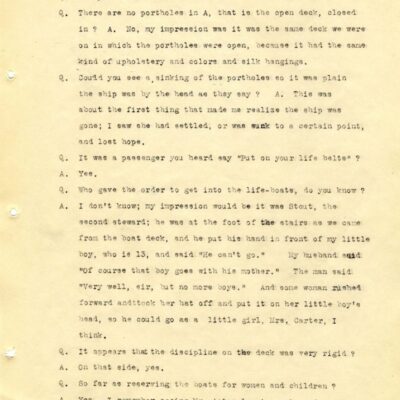
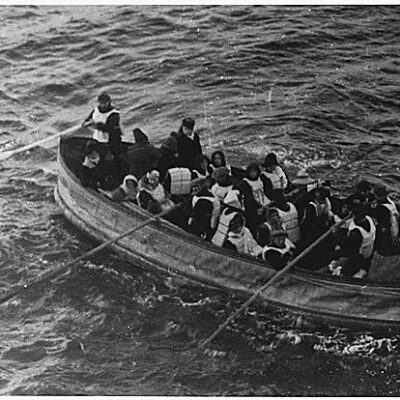
Titanic Disaster: White Star Line and Passenger Legal Documents
$19.90 Add to Cart -
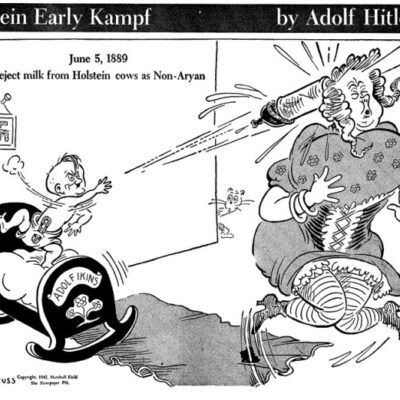
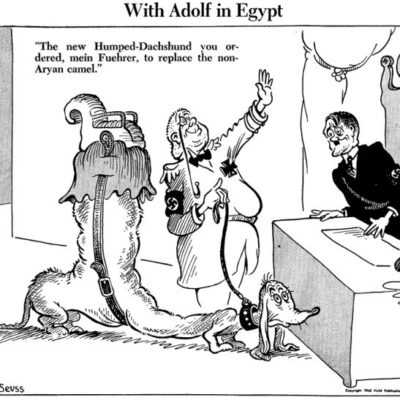
Dr. Seuss – Theodor Geisel World War II Political Cartoons
$19.50 Add to Cart -
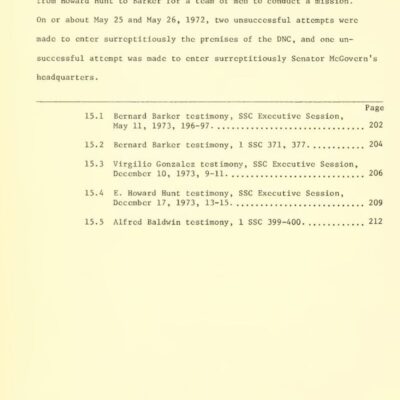
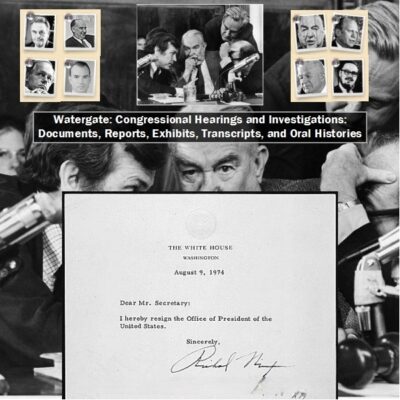
Watergate: Congressional hearings, reports, exhibits, and transcripts
$19.50 Add to Cart -
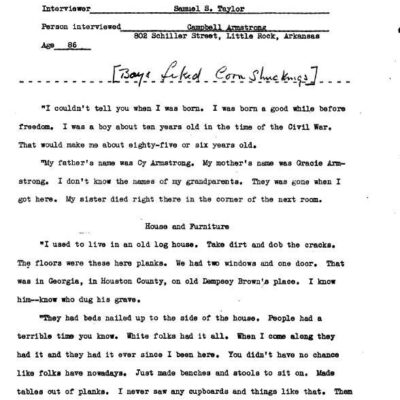
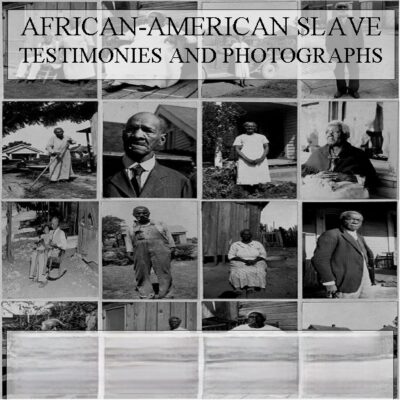
African American Slave Testimonies and Photographs
$19.50 Add to Cart